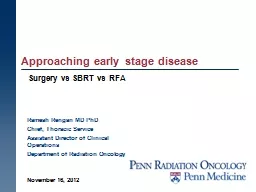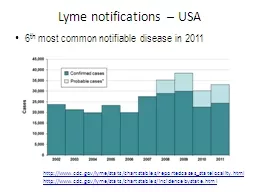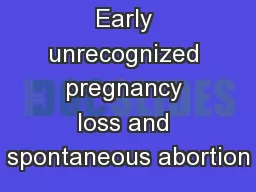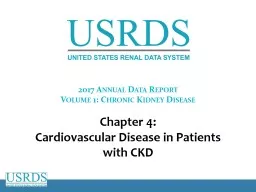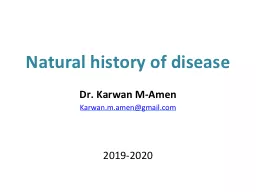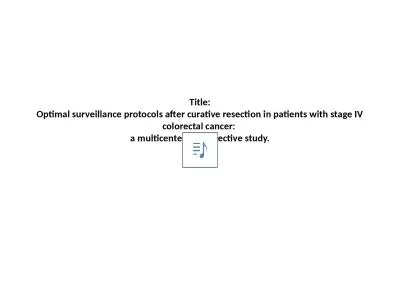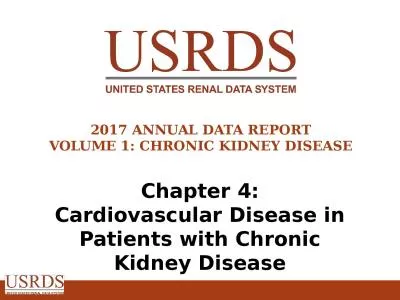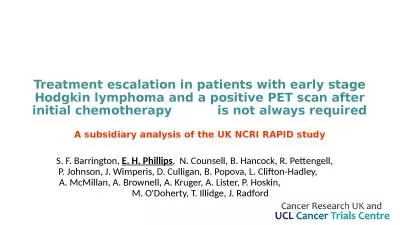PPT-Approaching early stage disease
Author : trish-goza | Published Date : 2016-11-06
Surgery vs SBRT vs RFA November 16 2012 Ramesh Rengan MD PhD Chief Thoracic Service Assistant Director of Clinical Operations Department of Radiation Oncology
Presentation Embed Code
Download Presentation
Download Presentation The PPT/PDF document "Approaching early stage disease" is the property of its rightful owner. Permission is granted to download and print the materials on this website for personal, non-commercial use only, and to display it on your personal computer provided you do not modify the materials and that you retain all copyright notices contained in the materials. By downloading content from our website, you accept the terms of this agreement.
Approaching early stage disease: Transcript
Download Rules Of Document
"Approaching early stage disease"The content belongs to its owner. You may download and print it for personal use, without modification, and keep all copyright notices. By downloading, you agree to these terms.
Related Documents

